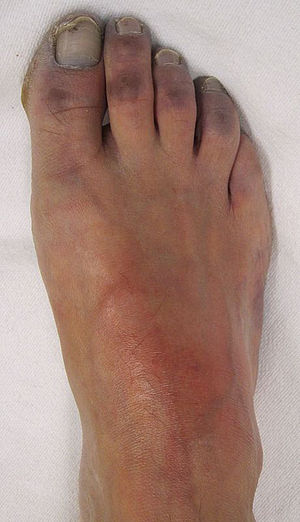Just blood vessels? It struck me as too narrow a field to specialize in. Not as glorious as Cardiothoracic. But now that I have seen them in action, the vascular surgeons are some of my most admired. They deal with some of the sickest patients, for the longest times, and unfortunately for many there is no cure…only help. Here are the three stages of help I’ve seen these surgeons provide.
First, the rarer problem I watched repaired. With no symptoms, only caught by luck on images for something else (yet can run in families so people may have forewarning). An aortic aneurysm that ruptures is lethal, usually even in a hospital setting. So, if one is found they are watched for changes in size. The surgery is risky enough not to go in prematurely. Endovascular surgery allows only puncture wounds in the groin to deploy elaborate stents, but the open surgery is still the standard.

Similar stents can be used in the all too common arterial blockages. Whether anatomical anomaly or the build up of plaque in walls, ballooning the vessel is least invasive, and stenting it a secondary option. We all have at least fatty streaks in our vessels, said one of the surgeons, but hopefully they are not causing ischemia in out tissues. The original surgery (I’ve not observed) to remove the atherosclerotic region especially of carotid arteries is an arterectomy. The area is bypassed, opened, the lining stripped away, and the vessel patched back up. Because it has not foreign material added, the vessel heals itself relatively well but the surgery is much harder on the patient than femoral access for newer methods.
Finally, the sad result of the tissue ischemia. Due to the vessel injuries by diabetes, many will develop neuropathy. The most distal tissues have the longest paths so blood resistance is highest to the feet. When blockages in the lower limbs occur, muscle and skin of toes often die leading to gangrene. The saddest day of surgery I observed was when a whole shift was scheduled for amputations. However, the doctor gave me this bit of encouragement. The sooner he removes a small dead area (single toe at best), the faster the patient is able to get back to their lives.

